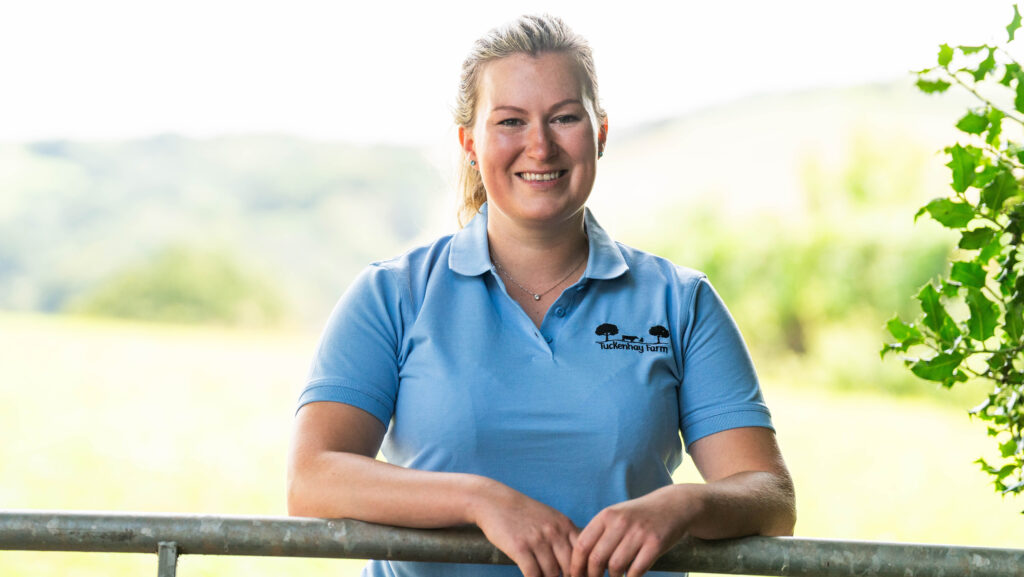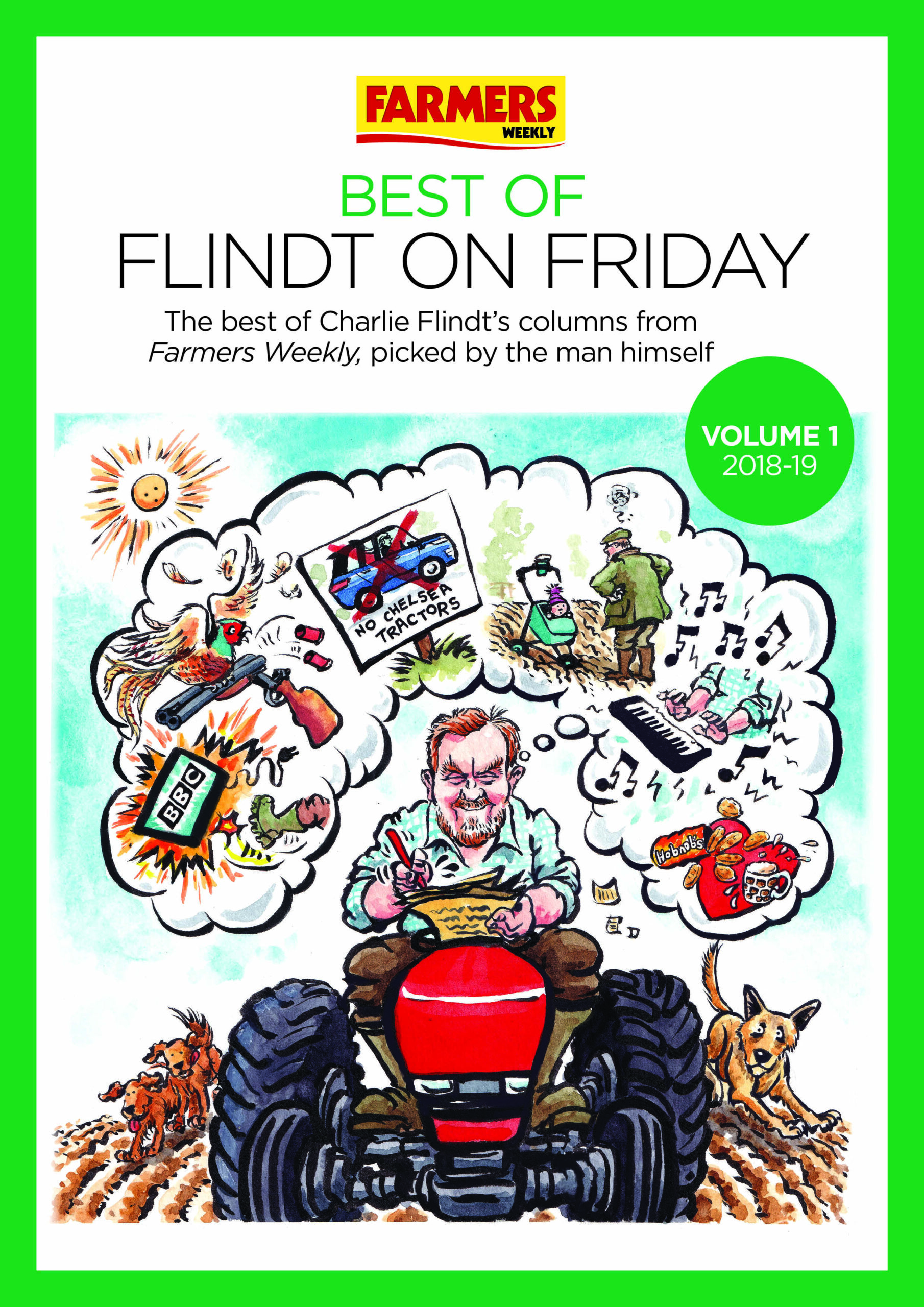Opinion: Relentlessly wet lambing has bogged us down
 Hannah Reddaway © Emily Fleur
Hannah Reddaway © Emily Fleur Resurfacing from being quite literally bogged down in lambing, I’m reflecting on how the past month has been characterised by relentless rain.
As I reminisce about the sun-drenched spring of 2022, I find myself pondering whether this March was wetter than the last.
However, this year’s rainy season feels unending, testing even the resilience of those accustomed to the South West’s notorious weather fluctuations.
See also: Hannah Reddaway – local support goes a long way for farmers
The lambing season started suspiciously well, buoyed by good autumn grass and promising lambing percentages. But our optimism quickly dissipated.
Last-minute space constraints forced me to divide my ewes into two groups, lambing over five weeks instead of the usual three.
Juggling this schedule alongside my office job proved daunting, necessitating help from family.
Despite the support, managing seven scattered groups (after scanning) on different plots was challenging, especially with short winter days.
Thankfully, my employer allowed me to take three weeks off for lambing, and my partner was keen to use some of his annual leave to cover the daytime when I went back to work – I’m not sure he’ll make that mistake again!
Initially planning to lamb the older ewes outdoors, the deluge quickly forced a change of plans.
Moving them into the shed at the last minute as the first group went out posed its own challenges, particularly concerning nutrition management to prevent twin lamb disease and hypocalcaemia.
I ensured the ewes had good quality hay and a loose lick containing calcium in front of them, and slightly increased their feed, splitting their meals into two feeds a day.
Balancing the dietary needs of both groups became a delicate dance.
Splitting my lambing efforts allowed us to keep many lambs indoors until they were a bit stronger, but it also brought increased costs for straw and hay.
Last year, I managed most of the lambing alone, but this year, the support from those around me has been invaluable.
Approaching the end of the lambing season, I feel a sense of relief. And there’s a certain satisfaction in knowing that we’ve weathered the storm of this year’s lambing season together and emerged stronger for it.


